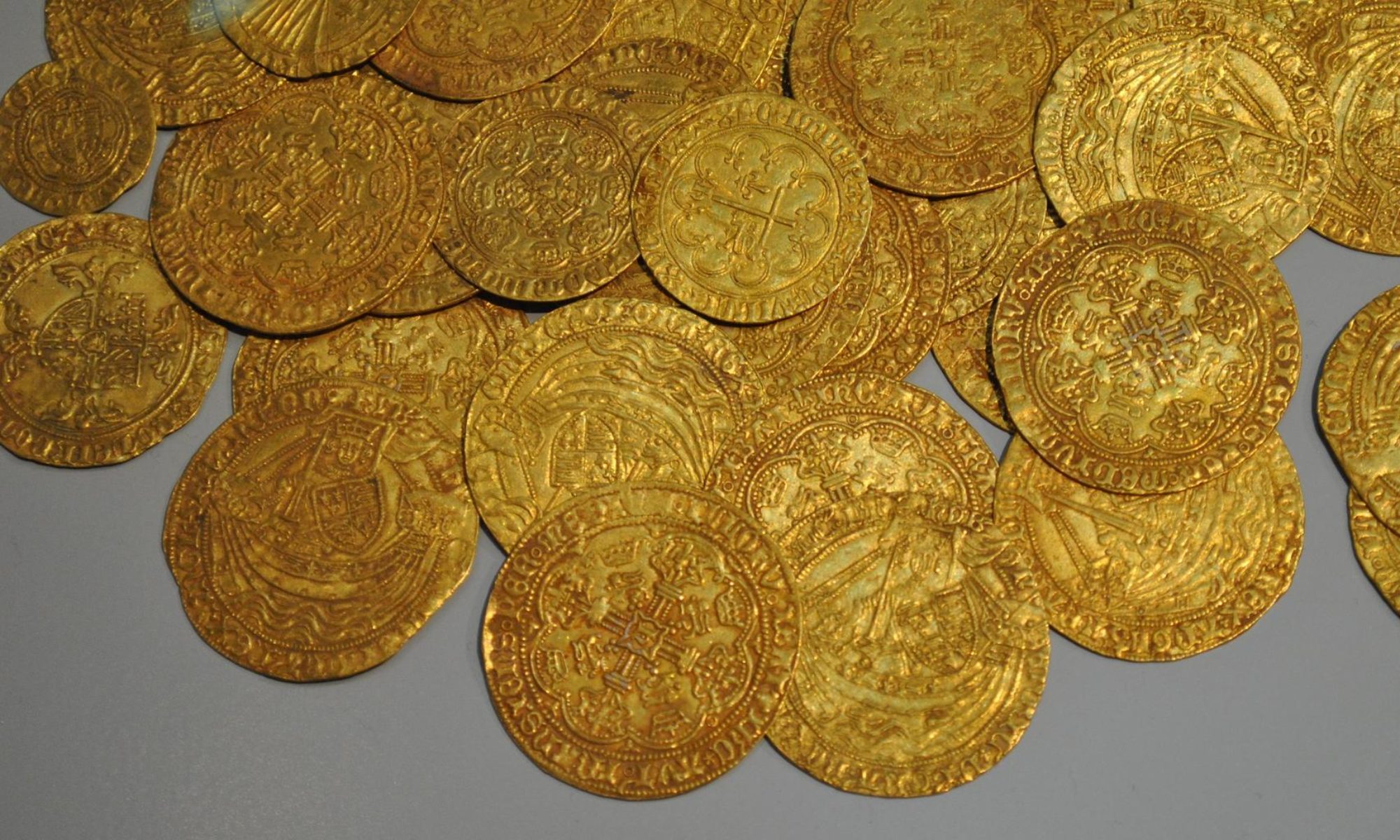It completely missed my attention, and would have remained so had I not reinstalled Instagram on my mobile (#BlueTweedJacket), that the seals are now opened and the four horsemen of the apocalypse have, quite possibly, been released. Bear with me.
It all leads back to a very strange story that occurred on 24/04/2024 in the City of London, when 4 military horses were seemingly startled by some kind of building noise in Belgravia (Gematria : “Rise of the Phoenix”, remember this Economist cover from 1988?
“behold, a pale horse and his name that sat upon him was death..”
You can read about the horses here and work out the imagery for yourself. The key part for me is how the four horses ran through the City of London, much to the amazement of onlookers. Thus it was announced. I wonder if the names Vida, Trojan, Quaker and Tennyson could be signs in some way too?
For the uninitiated, the City of London is a separate country within the UK, explaining the bizarre yearly ceremony where the Monarch has to ask permission from the Lord Mayor of London to enter the City of London. I am unsure if fakey Prince Charley has done it yet, perhaps the City would say no, knowing he’s not really King. Seemingly, anyway, this all happened as the result of magically generating the finance for royalty to win their wars and the power of the City grew, to the extent that Corporations inside the city have votes, like citizens do, not that are many left within the old Roman city walls. A population decline that began with a Great Fire, way back in 1666. Oh wait a sec, 24/04/2024 (2+4)(4+2)(2+4)…666 again? After clearing the lower-grade humans away from inside the city, it went on to gain prominence in controlling world finance and the world of corpus-rations, or dead entities. You could even argue it controls the USA through the Eurodollar market, allowing it to manage and use the world reserve currency for it’s own purposes, exactly as it did with the British Pound, prior to 1926.
I can see the pieces linking together, Winston Churchill, as Chancellor of the Exchequer back in 1926 unrelentingly demanded a strong pound after the inflationary costs of The Great War, causing a general strike and leaving many coal miners without income and starving (I sense my own ancestors suffered too), which thanks the Lords of Finance book, explains how this led to a trans-Atlantic trade of Gold flowing across to the USA after WW1 and ultimately left the USA atop the world in 1945. Compare that to the closely-comparable current flow of gold from Europe and North America to Asia, or the new Switzerland of the East, Singapore. Got to wonder why he did it, eh? Or maybe, got to wonder who he did it for.
Match that with “You will own nothing and be happy” mantra of the World Economic Forum. Many of us are meant to die, especially the unproductive ones (by their measurements, let’s just ignore that not everything that can be counted, counts) and those that survive are meant to have every part of their lives tracked and controlled. I’m not joking, Denmark already has 95% of the population signed up to a Digital ID that includes a contract clause for allowing the bank, local government, any government agency (think : the health dept says you didn´t get the latest booster of the COVID-25 vaccine) and anyone else to basically lock your ID. No paying for anything, no access to anything, no state healthcare, no car, no nothing. If you don’t believe me that it’s already weaponised, ask this guy here, who without yet being convicted of any crime took part in a trucker protest by lobbing some potatoes on the motorway and got locked out.
Now, what about the names of those horses? Well, the first one, it maps via Gematria to “Dollar Collapse”, then the next one is called Trojan. Aha, another clue perhaps? What is Gold still measured in, even today? The city people once thought was a myth, somehow managed to have a weight named after it, the Troy ounce, used to measure gold. The one solid money unit people have always known they can rely on when everything else falls apart. Any ideas on those two other names…? Well, Tennyson was a Victorian poet whose most famous poem line was “Theirs not to reason why, theirs but to do and die.“, about the Charge of The Light Brigade in the Crimean war, and I seem to recall something happening in Crimea right now again. Quaker, a religion or an Earthquake. It may become clearer later.
I think I see the financial future clearer now. When money dies, as it has just been anounced it will, then we all turn back to gold, even briefly as the one unit we can trust, then the system resets, just as it did in 1923 for Germany (and 1945-46, again, painfully) and how it always works out for every fiat currency that has ever existed, be it Pounds, Francs, Dollars, Livres, Pengo or Dollars. Those that don’t prepare at all, be it by holding gold, silver or even tinned food are destined to expire, or fight, in a Darwinian trial that the elite will enjoy watching unfold and are poised, ready to grab your assets on the cheap. Then they’ll offer you the solution to scarce expensive food, rationing implemented and managed via an app on your phone. Digital ID worldwide through the back door and their Central Bank Digital Currency (CBDC), with all the controls they wanted all along.
